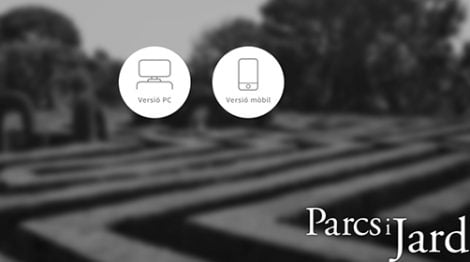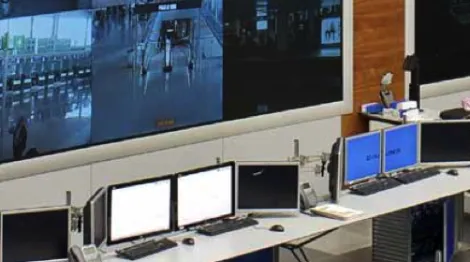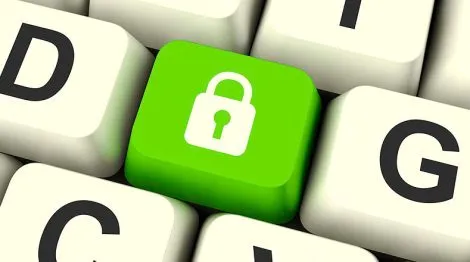Energy Policies in the IoT
What energy policies have emerged with the development of the IoT in the field of telephone operators? Here we tell you the necessary keys to increase the useful life of batteries...

The telephone operators maintain that their technology and infrastructures can support between 10 – 15% of the devices that the IoT paradigm plans to deploy through its current GPRS/3G/4G solutions. Wifi technology can cover another significant percentage, but it is evident that for unpowered environments – not only in Smart Cities, but also infrastructures or the agricultural environment – both possibilities are not the solution.
The IoT has great challenges ahead, without a doubt. Gus Vos – Chief Engineer of Sierra Wireless – summarizes them very well in the so-called 3 C’s – Cost, Current (Energy Consumption) and Coverage – , personally seeing the problem that it may pose, I would add a fourth C, that of Cybersecurity.
Regarding energy consumption, optimizing it in unpowered systems is essential for the viability of wireless networks. Misuse of technology or devices will lead in the short or medium term to unaffordable costs for their maintenance. In a system with hundreds or thousands of dispersed points powered by batteries, changing them can represent a considerable expense in time and money. Therefore, regardless of the technologies chosen, the equipment in our IoT network must follow the following set of policies in order to increase the useful life of the batteries whenever possible:
- WORK MODE: The normal state of a node should be hibernation, that is, practically off. Only the system that allows it to wake up in front of a stimulus should always be active. Once this occurs, the node is fully activated and performs the functions it has programmed, typically acquiring information, processing it and sending it.
- STRATEGY: Prioritize the use of PUSH over PULL, in this way the node ensures the transmission of useful information. This avoids having to activate the node periodically without this implying new data.

- WRITING: The problem with a PUSH strategy is that it makes it impossible to write parameters. If this were necessary, a procedure is applied where the node periodically – once a day, a week, a month … – asks its Gateway if it wants to write on it. If it does not receive a response immediately, it closes the communication and returns to the hibernation state. If the Gateway has to change any parameter, it immediately responds with the message. Once the node receives it, it processes it, applies the change and returns to hibernate.
- ARCHITECTURE: It must be guaranteed that, for each information transmission, it is necessary to activate the minimum number of nodes. This implies that, above mesh or tree architectures, the star architecture should be prioritized since the node sends the information directly to the Gateway.
- COMMUNICATION: Transmission times must be minimized, since they imply having the node active and generating a signal. It is a moment of great consumption. Therefore, the minimum number of messages must be sent – always guaranteeing their sending and reception – and at the maximum possible speed. This implies that it is better to send a single large message than three smaller ones and always at the maximum speed allowed by the channel.
- CODE: The programming code of the node must be optimized, minimizing the lines of code to be executed since, typically, each processor executes each command line at a periodic speed – which varies between 1 and 1000 μs -. Therefore, any set of instructions that can be reduced will imply less activation time of the node. Obviously, any instruction that leaves the device waiting – for example, a WHILE structure – are highly discouraged. If they are used, they must always have an exit from the loop for timeout reasons.
- POSSIBLE POWER SOURCE: Depending on the type of signal collected and measured, it is possible to extract energy from it in order to power the node. It implies additional layers to the acquisition and rectification node of the signal, but it is a great advantage in case of obtaining an acceptable level of energy. In order to do so, two conditions must be met. The first is that the acquired signal allows it, that is, it is possible to do so if temperatures or pressures are being measured, but it is more complicated if the signal collected is humidity or pollution. The second condition is that the acquisition does not affect its measurement. The veracity of the information prioritizes over the power of the node.
- NOTICES: The node must transmit the battery level in each message or when it falls below a certain threshold. It is not an energy saving policy as such, but it can help to make decisions, whether to write its parameters – lower the frequency of sending information – or to be able to plan preventive maintenance tasks.
Surely any network of devices that does not largely meet these characteristics will be destined to present major problems. Now, it is just as important that the devices are focused on energy saving as that the technology used for the transmission of information is the right one. Remember, a 3G/4G information transmission consumes 2500 times more energy than one based on IEEE 802.15.4.
If you want to know more how to approach engineering projects with IoT visit this entry on our blog:





